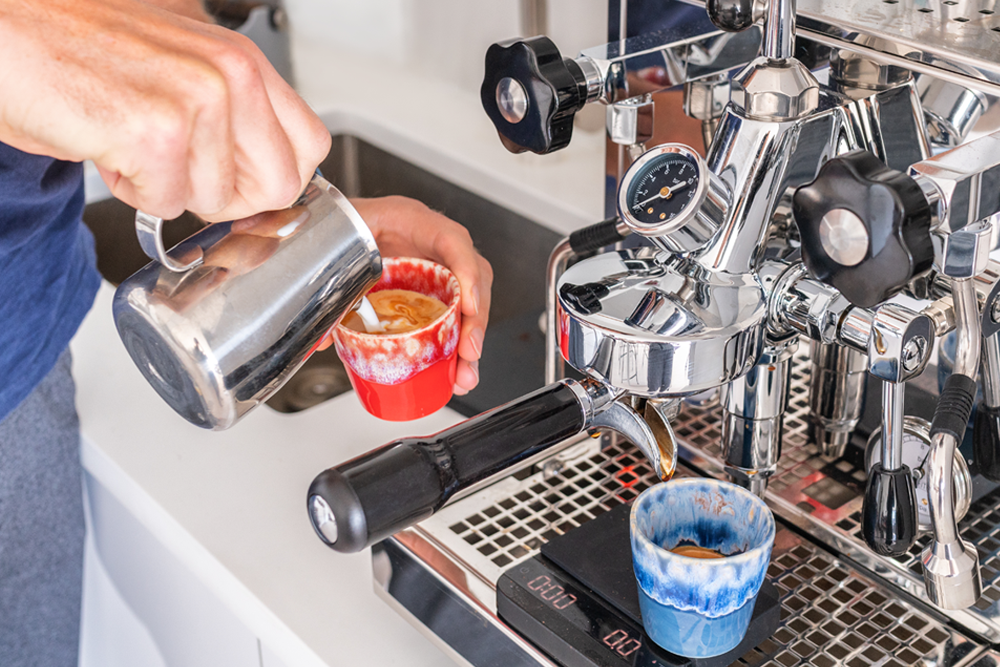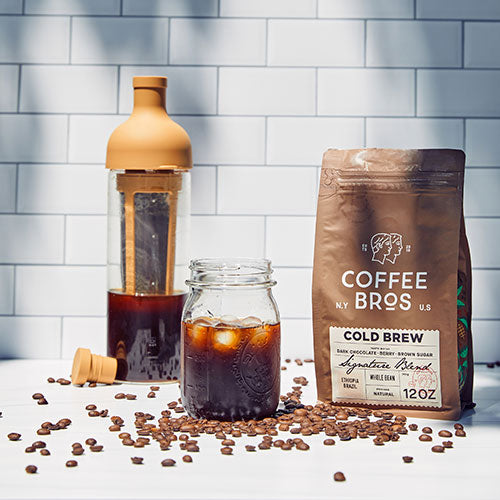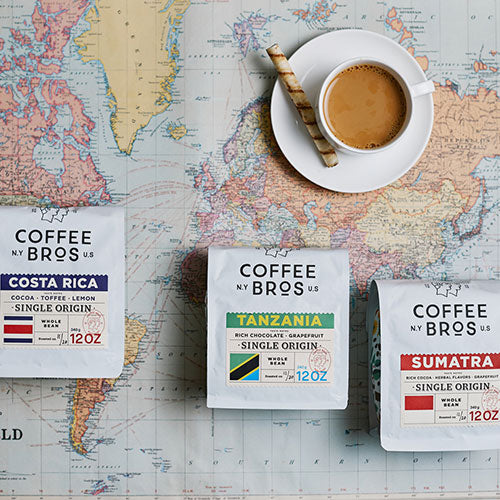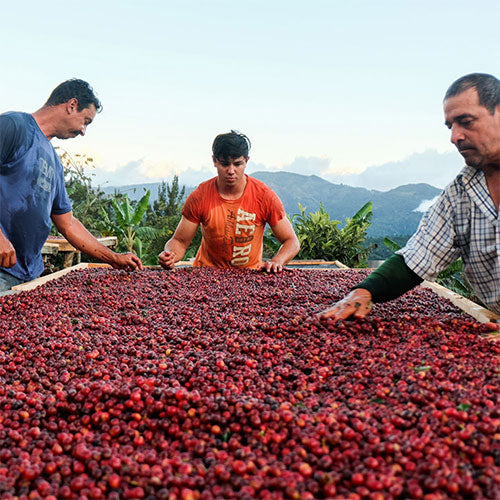Mastering the Art of Espresso: The Role of Timing and Measurement
Introduction
Mastering the art of brewing a perfect shot of espresso takes practice and patience. There are many factors that come into play when trying to achieve the perfect brew. Two of the most important components of creating great espresso are timing and weight. The timing of the shot is crucial in determining the overall taste and quality of the espresso. Meanwhile, the weight of the shot is important for ensuring the right ratio of coffee and water is used in the brewing process. To ensure consistency, it's essential to use a scale and timer when brewing espresso, and to experiment with different ratios of coffee and water. With the right tools and techniques, you can learn to brew delicious and consistent espresso every time.
Espresso Brewing Definitions:
-
The brewed weight is the espresso weight or liquid you have in your cup and not the amount of water used to brew the coffee.
- The dose refers to the amount of espresso grounds you are using in your portafilter
- Pre-infusion in espresso brewing refers to the step of initially saturating the ground coffee in the portafilter using a lower pressure before applying the full intended brewing pressure. This process helps to evenly extract the coffee and results in a smoother, more refined flavor profile.
Why Weighing Your Espresso Grounds Is So Important
Measuring the amount of coffee used for each espresso shot is crucial for achieving consistency in taste and quality. This practice is known as "weighing the dose" and it's an essential skill for any barista. Whether you're a seasoned professional or a beginner, incorporating this step into your brewing process can help eliminate inconsistencies, build confidence and improve efficiency.
The ideal dose of coffee for each extraction is determined by the size of your filter basket. Espresso baskets come in a range of sizes, typically between 15g and 25g. With a small margin of error, it is crucial to use high-quality scales with an accuracy of 0.1g. This will help ensure that you hit your desired weight every time.
The Importance of Measuring Your Espresso Yield
The importance of accurately measuring the weight of your espresso shot cannot be overstated. The right ratio of water to coffee is crucial in achieving the ideal chemical bonding process that results in the perfect shot. For drip coffee, a 1:16 ratio of coffee to water is standard, while for espresso, due to its more concentrated nature, a 1:2 ratio is typically recommended.
Using a scale to weigh your shot as it brews allows for greater precision and the ability to experiment with different ratios. It's also important to ensure that your scale is able to accommodate your portafilter and fit under the brew head. Brands like Acaia Lunar offer compact and versatile scales that can be easily used for espresso brewing.
Why Keeping Track of the Duration of Your Espresso Extraction is Critical
The timing of your espresso shot is crucial for achieving the perfect extraction. Typically, you should aim for your shot to pull within 20-30 seconds. However, different recipes may require varying timings. If your shot pulls too quickly, it could indicate a need for a finer grind or tighter tamp. Conversely, a slow pull may indicate the opposite. Without timing your shots, it's impossible to know for sure. Poorly extracted shots can have sour or bitter flavors, indicating a problem with the extraction process. If the timing is good and the right volume of coffee and water is used, then the problem likely lies with the beans. Many scales come with built-in shot timers, but for even more precise measurement, consider finding a machine with a built-in timer. This ensures that everything is synced up perfectly.
When to Start Extraction Time Manually
The timing of your espresso shot is a crucial aspect of the brewing process that can greatly impact the final product. While some machines come equipped with built-in timers, others may require manual timing. The Rocket Espresso Giotto Type V, for example, has a built-in shot timer that begins as soon as the pump is activated, including any preinfusion. For machines without a built-in timer, most agree that timing should start when the water first comes into contact with the coffee, which is when the pump starts. Some machines may have extended preinfusion times that can last 8-10 seconds, while others may begin to bead almost immediately. For those with long dwell times, using half the dwell time before beading as a convention for timing can be helpful. Ultimately, the exact timing may not be as important as ensuring consistency in the timing of each shot.
Conclusion
Timing and weight are two of the most important factors in brewing a perfect shot of espresso. By using a scale and timer to measure the weight of your dose and the time of your shot, you can ensure consistency in taste and quality. Weighing the dose, or measuring the amount of coffee used for each shot, is essential for achieving consistency and is a key skill for any barista. Accurately measuring the weight of your shot is important for achieving the ideal ratio of water to coffee, which is crucial for the chemical bonding process that results in a perfect shot. Using a scale also allows for greater precision and the ability to experiment with different ratios. Typically, shots should pull within 20-30 seconds, but different recipes may require different timings. Poorly extracted shots can have sour or bitter flavors, indicating a problem with the extraction process. If the timing is good and the right volume of coffee and water is used, then the problem likely lies with the beans. Finding a machine with a built-in timer or using a scale with a built-in timer can ensure that everything is synced up perfectly.




